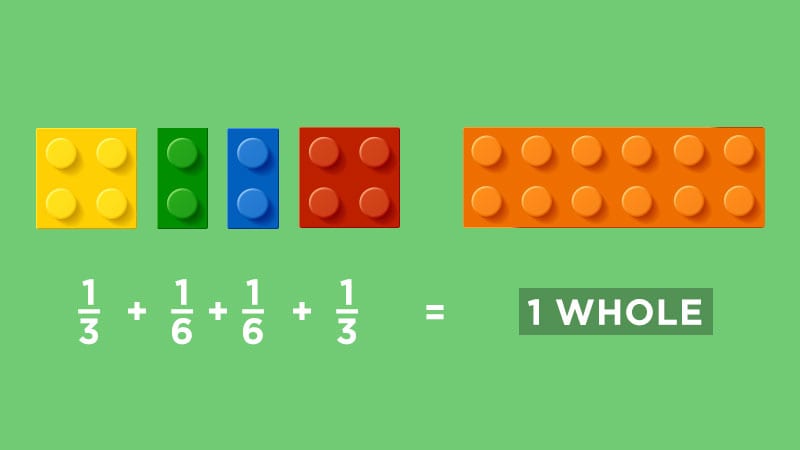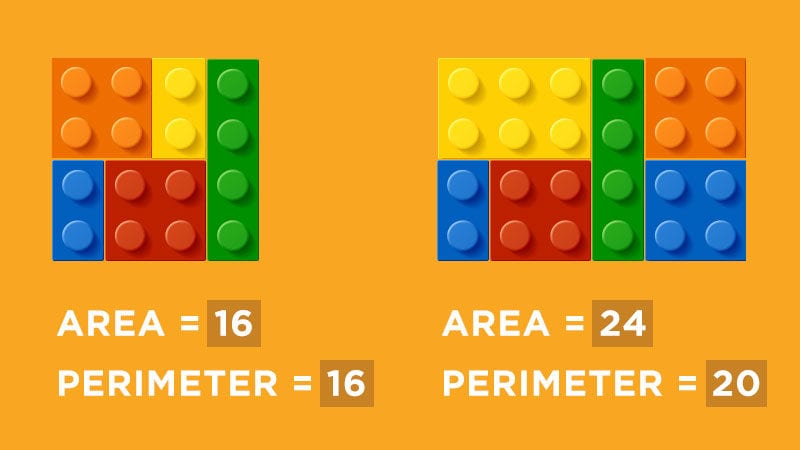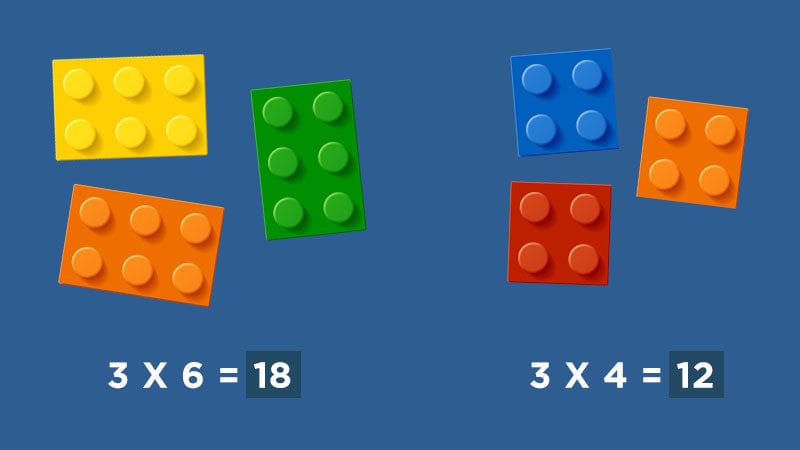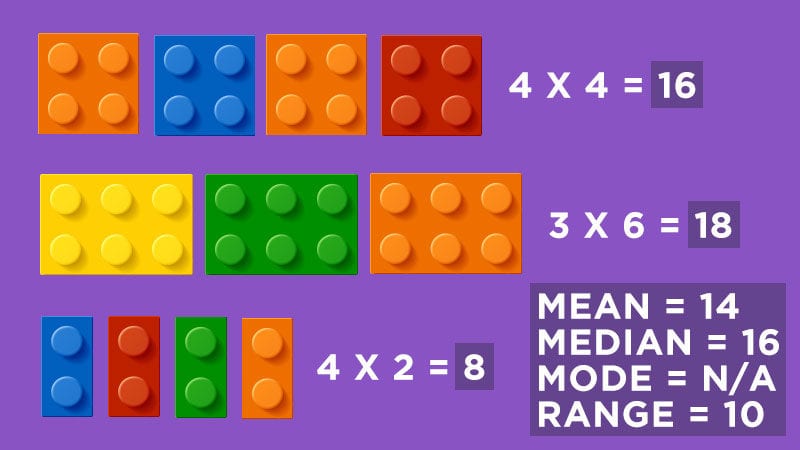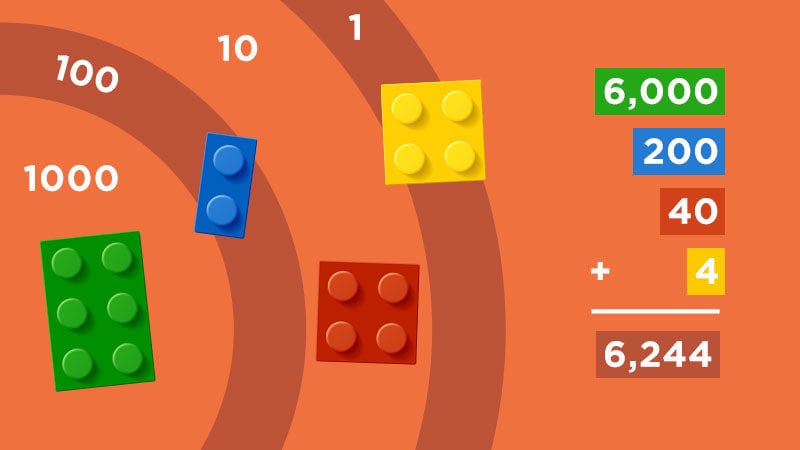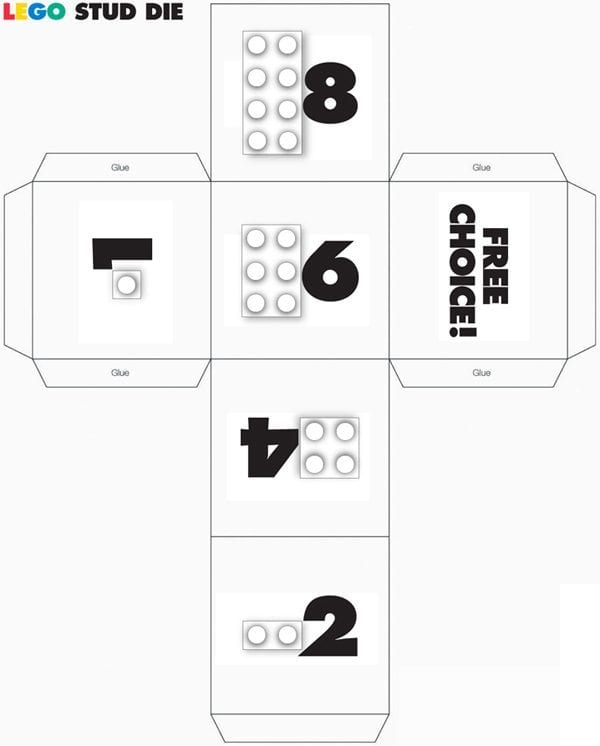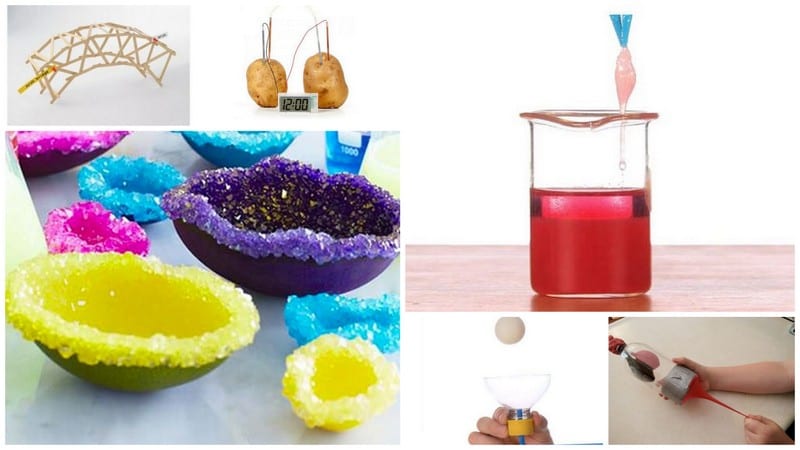Hands-on projects and experiments in the classroom bring science to life, sparking a desire in students to explore and learn. Whether you’re prepping for a science fair or looking to impress your class with a spectacular demonstration or two, these 6th grade science projects are sure to be winners.
1. Extract DNA from a strawberry.
It’s surprisingly easy to pull a strand of DNA from this sweet fruit. Teach your kids about genetics and DNA with this 6th grade science project that uses only basic household supplies.
2. Grow your own geodes in eggshells.
The magic of crystals never fails to amaze! Crystal experiments are a favorite way to teach about supersaturated solutions. In this one, they’ll wind up with an amazing eggshell geode to take home.
3. Look for iron in your breakfast cereal.
The human body needs iron to be healthy, and many breakfast cereals boast they contain it. Find out if that’s really true with this 6th grade science experiment that’s bound to surprise with its results.
4. Change the color of a liquid in an instant.
Want to see your kids gasp in amazement? Perform the iodine clock reaction. You only need a few drugstore chemicals to change the solution from clear to dark blue faster than students can blink.
5. Turn milk into plastic.
Use simple kitchen supplies to create plastic polymers from plain old milk. Kids will have fun sculpting the casein polymers into shapes while learning about the polymerization of plastics.
6. Learn why leaves change colors in the fall.
As chlorophyll breaks down, other leaf colors appear. This experiment helps explain the process. It’s a really neat hands-on tool for teaching about photosynthesis.
7. Build a heart pump model.
Students gain a deeper understanding of the cardiovascular system when they construct a working model of a heart ventricle.
8. Launch a two-stage rocket.
The rockets used for space flight generally have more than one stage to give them the extra boost they need. This experiment uses balloons to model a two-stage rocket launch, teaching kids about the laws of motion.
9. Make naked eggs.
Students dissolve the calcium carbonate eggshell in vinegar and discover the membranes beneath that hold the egg together. It’s a unique way to learn about acid-base reactions.
10. Experiment with naked eggs.
Submerge naked eggs (see above) in corn syrup and water to learn about osmosis. The eggs shrink or grow, depending on the liquid they’re placed in—so cool!
11. Do the Archimedes squeeze.
It sounds like a wild dance move, but this 6th grade science experiment helps kids understand Archimedes’ principle. All you really need is aluminum foil and a container of water.
12. Make motorized tiny dancers.
Build a homopolar motor to make little spinning wire dancers. It takes a little practice to get it right, but the instructions at the link below walk you through the process.
13. Create compost in a cup.
Discover how nature recycles organic material by making and observing mini compost piles. Students will learn about ecology and decomposition with this useful 6th grade science project.
14. Levitate a ping-pong ball.
Kids will get a kick out of this experiment, which is really all about Bernoulli’s principle. You only need plastic bottles, bendy straws, and ping-pong balls to make the science magic happen.
15. Dissect a flower.
Take a flower apart bit by bit to learn more about botany. Grocery store lilies are inexpensive and large enough for kids to see and identify the various parts.
16. Clone some cabbage.
Cloning isn’t just for horror movies or hi-tech labs. A leaf of cabbage can easily grow a clone of itself. Students learn about asexual reproduction in this easy 6th grade science project.
17. Find out if tea and cola stain teeth.
Use eggshells to explore how various beverages can stain teeth. This chemistry experiment also teaches important lessons about dental hygiene.
18. Extinguish flames with carbon dioxide.
You’ll have to heavily supervise this one, but there’s so much to be learned that it’s worth it. Create an acid-base reaction and “pour” the carbon dioxide onto lit candles to extinguish the flames. Students will learn about the elements needed to make fire, how gasses can act like liquids, and more.
19. Construct a pair of model lungs.
Kids get a better understanding of the respiratory system when they build model lungs, using a plastic water bottle and some balloons. You can modify the experiment to demonstrate the effects of smoking too.
20. Dissect an owl pellet.
Dig into an owl’s undigested meals (it’s not as gross as it sounds!) to discover what their diet consists of. Owl pellets are readily available online, and kids will be intrigued by what they find.
21. Turn a potato into a battery.
This project is an oldie but a goodie! This experiment uses the potassium in the potato to conduct energy and can also be done with lemons or other high-potassium fruits and veggies.
22. Study sound waves with a spoon.
With just yarn and a metal spoon, learn how vibrations create sound and explore the role of conductors.
23. Engineer a Popsicle-stick bridge.
Challenge groups to build a bridge with Popsicle sticks and push pins and find out whose can bear the most weight. Get a full lesson plan at the link below.
24. Clean up some old coins.
Use common household items to make old oxidized coins clean and shiny again in this simple chemistry experiment. Ask students to predict (hypothesize) which will work best and then do some research to explain the results.
25. Pull an egg into a bottle.
This is another classic science experiment that never fails to delight. Use the power of air pressure to suck a hard-boiled egg into a jar, no hands required.
